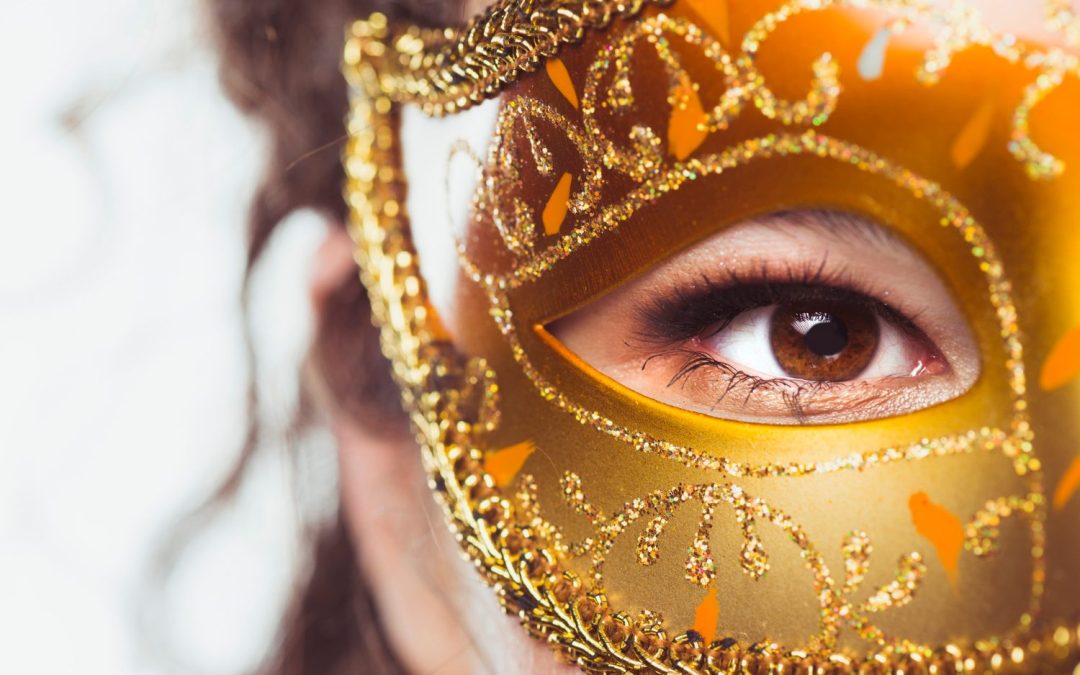Oman today_ Eyes have always been considered one of the most important features of human beauty, which is why they have received special attention from ancient times until today. Archaeological findings show that even in ancient civilizations such as Mesopotamia and Assyria, people used powdered gemstones to enhance the beauty of their eyes and lips.
The turning point in this journey, however, came in ancient Egypt, where under the harsh desert conditions cosmetics served not only as a means of beauty but also as tools with medical and religious significance. The earliest examples, dating back about 6,000 years, include kohl, a substance made from unusual ingredients such as charcoal, honey, and even crocodile droppings. Beyond darkening the eyes and lashes, kohl acted as protection against dust and microbes, and over time it became an integral part of Egyptian religious practices.
As Egyptian culture spread, this tradition reached Greece and Rome, where cosmetics were embraced as symbols of fashion and religious ritual. After the fall of Rome, however, Europe entered the Dark Ages, when makeup became a privilege reserved only for the wealthy. With the rise of Queen Victoria in the 19th century, cosmetics regained popularity among different social classes, and mascara began to establish a prominent role in beauty routines. Long, dark lashes became a much-desired ideal for women.
The modern form of mascara emerged in the early 20th century. In 1913, French chemist and perfumer Eugène Rimmel introduced the first industrially produced, non-toxic mascara. His name became so iconic that in many countries, including Iran, mascara is still commonly called “Rimmel.” Around the same time in the United States, T. L. Williams, inspired by Rimmel’s formula, founded the Maybelline brand, which quickly grew thanks to clever marketing and captured a significant share of the market.
Later, Helena Rubinstein, one of the most influential and wealthiest women of the 20th century, helped popularize mascara globally through extensive advertising and endorsements from Hollywood stars in the 1930s to 1950s. As a result, a product with roots dating back thousands of years has become one of the most essential beauty tools in the modern world.

